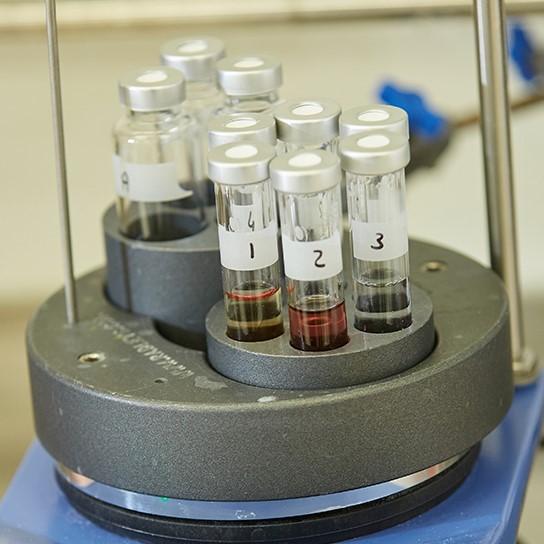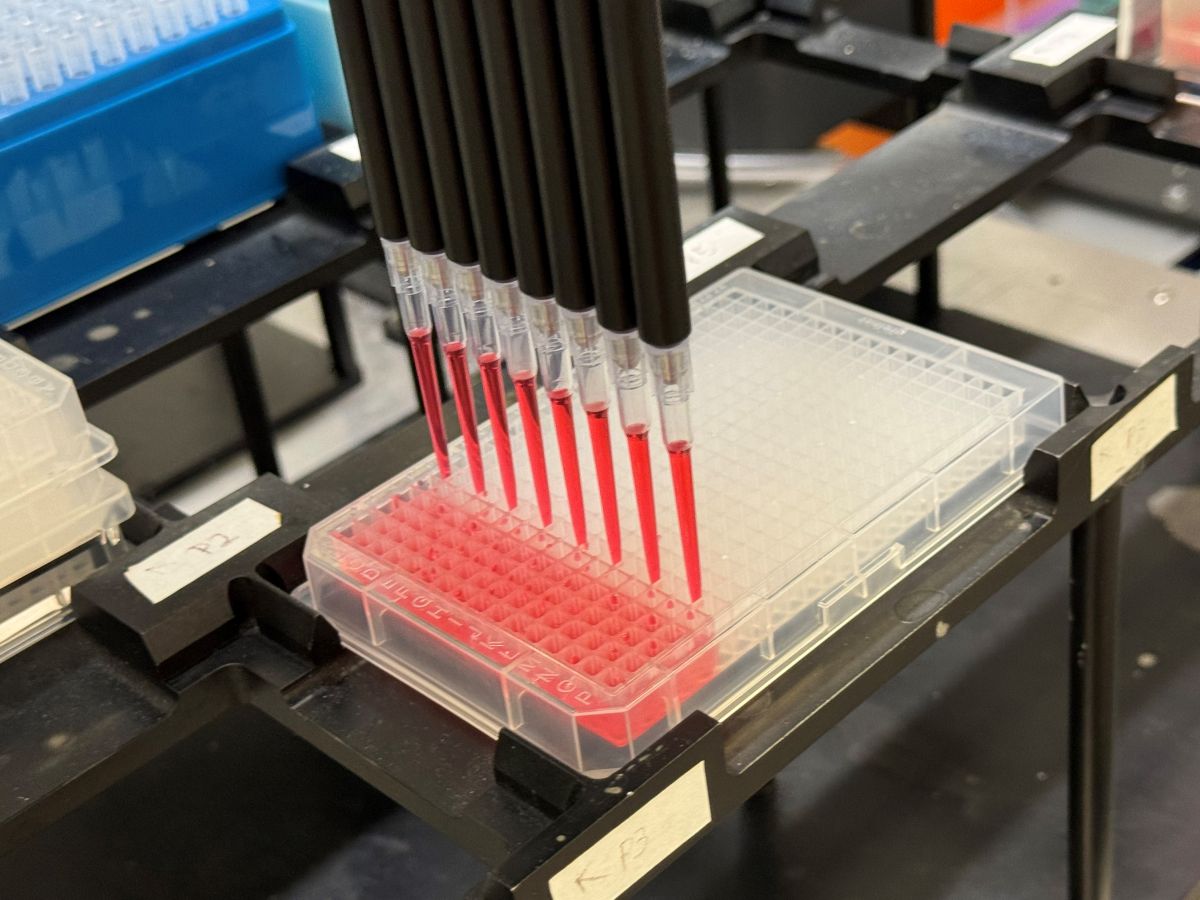- About
-
Solutions
-
Services
- Biosciences
- Chemistry
- Integrated Drug Discovery
- Computer Aided Drug Design
- Hit Identification
- Target Classes and Modalities
- Therapeutic Areas
-
A-Z
- A
- B
- C
- D
- E
- F
- G
- H
- I
- K
- L
- M
- N
- O
- P
- R
- S
- T
- V
- X
-
Services
- Library
- News & Events
- Careers
Hit to Lead
Combining expertise and technologies to develop lead compounds
As experts in lead discovery, our aim is to establish the potential of each of your hits to be developed into leads as quickly as possible, in order to focus our subsequent lead optimisation work on the most promising chemical series. We are also able to use literature hits as starting points and introduce novelty whilst optimising the properties (lit-to-lead).


Design and Synthesis
To do this as efficiently as possible, we employ a range of design strategies – including structure-based drug design when this is applicable and Direct-to-Biology (D2B) – to devise small arrays of compounds that rapidly explore the structure-activity and structure-property relationships within each hit series. Our aim is to understand the molecular determinants of potency, selectivity and ‘drug-likeness’, and make improvements in each of these key areas. Our medicinal chemists and X-ray crystallographers have full access to best-in-class computer-aided drug design employing AI and machine learning techniques, molecular docking and physicochemical property prediction software to inform their design process before the compounds are synthesised in our laboratories, or working closely with a third party off-shore provider which our team manage as part of our hybrid model.
Test and Analyse
The assay biology team at Domainex work with our medicinal chemists to devise the optimum screening cascade for your project, and can put in place the requisite assays within our laboratories along with our specialist partner organisations in pharmacokinetics and safety pharmacology to see your project through the entire drug discovery process. We minimise the time taken for each ‘design-make-test-analyse’ cycle to maximise the number of iterations in a short time frame. At that point, as well as aiming to have significantly improved the medicinal properties compared to the initial hit, we will have built you a wealth of information and knowledge about the lead series. This will help to guide your project as it moves from lead discovery into the lead optimisation stage.
Our Tankyrase, G9a and IKK-epsilon case studies show three examples of hit-to-lead programmes starting from fragment hits, and the Neuropilin-1 study demonstrates a literature-to-lead project that started with a peptide ligand.

Case studies
Start your next project with Domainex
Contact one of our experts today